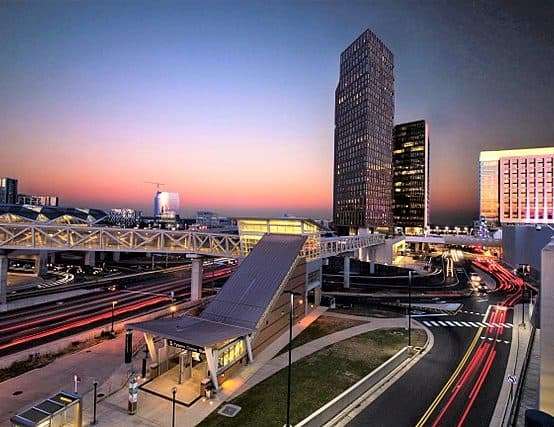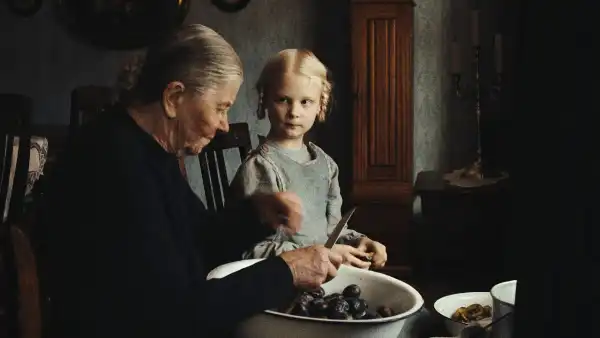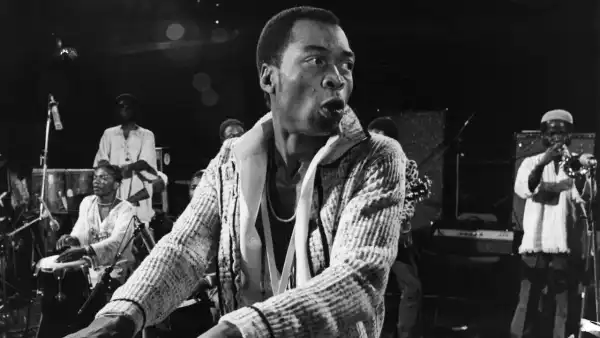
FAIRFAX, Va.—Strangers I meet are always surprised when they discover they’ve met a third-generation Northern Virginian. “Wow, a native!” they exclaim, “you don’t meet many of those!” This surprise is often accompanied by a strong opinion about NoVA, as it’s often called—they suggest that the area just across the Potomac River from Washington, D.C. has little regional identity or unique culture, or little worthy of praise. It’s quite a bracing commentary to hear about one’s home. Yet I contend that whatever deficit in cultural identity NoVA may have has been accrued by the technocratic elite that has come to dominate the DC metropolitan area.
It was not that long ago that Northern Virginia was solidly Southern in character and mood. The roads and schools make that clear: the former have names like Jefferson Davis Memorial Highway, Lee-Jackson Memorial Highway; of the latter there are high schools named after native Virginians Robert E. Lee and Thomas Jefferson. There was even a JEB Stuart High School, until last year when it was renamed “Justice High School” by the Fairfax County School Board. It’s easy to forget that the great 2000 football flick Remember the Titans is about T.C. Williams High School in Alexandria, which was racially integrated in 1971. My mother’s alma mater, West Springfield, sported one of the teams the Titans demolished in that epic season.
When I was a child growing up in the 1980s and ‘90s, the residue of that Southern heritage was still palpable. Our neighbors, a few years older than my parents, had grown up in Alexandria—both had thick, gentile Virginia accents that blessed the air about them. My fourth-grade teacher likewise spoke with that beautiful, rhythmic cadence. I doubt many of that cadre can still be found; one is more likely in NoVA to hear a Tennessee or Alabama drawl spoken by a Southern transplant than that incomparable Virginia intonation from an old native of the region.
That historical Southern character was brought home to me recently when I read Southern Agrarian author Allen Tate’s The Fathers, a fictional account of a slaveholding family of the Northern Virginia gentry in the antebellum period, culminating with the Battle of First Manassas. Unbeknownst to me before picking up the book, Tate places the family manor within a few miles of my boyhood home. All the places were intimately familiar to me: Burke Station, Lee Chapel, Ox Road, the courthouse in Fairfax City. The story follows a similar trajectory as that of other Southern Gothic literature in the style of a Faulkner or Robert Penn Warren—the honor, dignity, and valor of the Southerner is deeply compromised by the sin of slavery or racism, ultimately warping those virtues into fatal vices. Yet I deeply empathized with one particular scene.
In the earliest months of the Civil War, the main character, a young boy named Lacy Buchan, walks through Georgetown in the District of Columbia, where some of his extended family reside. Lacy suddenly finds himself confronted by a young Yankee soldier pointing a musket at him. Seeing an armed foreigner (of sorts) tramping around Lacy’s neighborhood leads Lacy to see the soldier as an enemy. Lacy is temporarily taken prisoner, prodded in the backside by the soldier’s bayonet. The experience is humiliating and infuriating. He curses at the soldier, representing the boy’s decision that he, despite no strong opinions about slavery or politics (and a Unionist father), must be a secessionist. How could he not? Foreigners have invaded the homeland, walking around like they own the place. The story ends tragically, with the ancestral manor burned to the ground by Union soldiers, the greatest irony given his father’s allegiances.
Anyone who has seen their home transformed by large numbers of aggressive outsiders can identify with Lacy’s sentiment. In the Washington metropolitan area, a significant percentage of the inhabitants are transplants from elsewhere in the United States, if not first- or second-generation immigrants. This is of course a natural and expected development as the federal government has ballooned in size over the last few generations. The influx of non-natives is not necessarily the problem—human migratory patterns are a given, especially in a country like the U.S. The adverse effects on the area are a bit more subtle.
When my own grandfathers moved to Northern Virginia, they entered a region that still maintained a semblance of that Southern identity. My family, as did many others, sought to understand and embrace that culture—its history, its manners, its cuisine, and even to a small degree its accent. The same cannot be said of more recent transplants. Frank Shafroth, professor of policy and government at George Mason University in Fairfax, argues that that the infusion of Northerners into the region has reduced manners and hospitality. (Anybody who has driven the roads of NoVA can certainly attest to this!)
More broadly, the consumer tastes of the technocratic elite, who represent a significant percentage of population growth in NoVA over the last few generations, are particularly destructive to local cultural identity. Despite their paeans to multiculturalism, smart development, and environmental preservation, the residential and commercial demands of new elites moving to the area have an outsize influence on the local economy.
NoVA has become a land of oversized suburban development, strip malls, and town centers indistinguishable from one another. Ugly skyscrapers, chain stores, and designer brands come and go with the winds of consumerist whims. American consumerism has developed into a throw-away culture by default, one that quickly dispenses with whatever is no longer novel or fashionable. Such a mentality has brought banality and conformity to once unique regions like NoVA. Yesterday’s TCBY or Tony Roma’s is today’s Cold Stone Creamery or Chipotle. The latter will be dying as well, soon enough.
Historic landmarks like those described in Tate’s novel are either bulldozed over or largely overlooked, preserved by a small remnant of Virginians or historically-minded individuals who care about the region’s past. There is a Civil War battlefield only about a mile from my current townhouse, a stone’s throw from the ugly Fairfax Towne Center and its eyesore of a parking deck. At the Battle of Ox Hill, fought on September 1, 1862, there were more than 2,000 casualties, including two Union generals. I doubt many local residents have any idea such a historic monument is situated so close to where they purchase their groceries or pick up their dry cleaning. The same can just as easily be said for other nearby sites: St. Mary’s Catholic Church in Fairfax Station, where Clara Barton tended to the Union wounded following the First Battle of Manassas; The Falls Church, an Episcopal congregation George Washington once attended; or the town of St. Louis in Loudoun County, a community of descendants of former slaves.
One of the few economic enterprises in Northern Virginia that has sought to retain a regional cultural identity is the increasingly-popular craft brewery. As I’ve noted elsewhere, Port City in Alexandria, Old Bust Head in Vint Hill, and Old Ox in Loudoun, to name but a few, seek with their very names to preserve the heritage of NoVA. Of course, there is a certain sad irony in bemoaning the lost legacy of this once proud Southern province of Virginia over a pint of ale, no matter how delicious. Yet such is the reality for a place defined by its egregious waste of land and commercial space. A few parts of Northern Virginia, such as the old towns of Alexandria, Fairfax, and Occoquan, thankfully retain that old historic charm. As for everywhere else, including those disastrous strip-mall monstrosities, the technocratic elite and their consumerist ways continue to paper over the region’s once proud and complex history.
Casey Chalk is a student at the Notre Dame Graduate School of Theology at Christendom College.
Sourse: theamericanconservative.com






